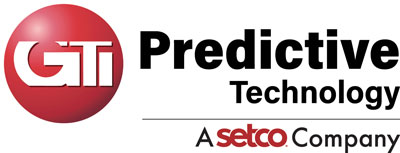As more and more baby boomers near retirement, the resulting labor and skills gap in the manufacturing industry continues to expand. To diminish the effects of unfilled positions, many organizations traditionally work to capture and retain the tribal knowledge of their most seasoned employees in order to ease the information transfer to the next generation of workers. Today, some manufacturers are beginning to employ predictive maintenance and analytics as a solution to filling the knowledge and skill gaps left by exiting boomers.
Growing Knowledge Gap
According to one Bloomberg article, there will be over 3.4 million available manufacturing jobs in the next decade as a result of an aging generation. Despite having younger employees eager to fill these positions, it’s estimated that 2 million of the available jobs will go unfilled due to a skills gap needed to manage today’s smart technology and ensure peak efficiency is maintained. Because of this, manufacturers are turning to predictive maintenance and analytics to chip away at the knowledge gap.
Predictive Maintenance: Then and Now
Before today’s technology infiltrated the manufacturing industry and data drove decision making, traditional predictive maintenance relied almost entirely on an employee’s familiarity with a machine. Acquired through decades of experience, now retiring boomers utilized their five senses to gauge machine health. In some examples, workers would rely on smell and the sound of the vibrating machine to base repair recommendations on. In addition to this method’s subjectivity and percent of error, this industry know-how can only be obtained through experience meaning the next generation of workers hired to fill labor gaps will not possess these sensory detectors. To combat this, manufacturers are employing the latest technology to fill these knowledge heavy roles.
Today, predicative maintenance solutions have grown increasingly popular and far more advanced as a result of IoT. One report projects that the valuation of the predictive maintenance market will reach $6334 million by 2022, a CAGR of 27%. Remote sensors now replace an employee’s senses and provide technicians with real-time data to assess machine efficiency. Given recent technological advancements, diagnoses have become more precise resulting in prevented downtimes and production at organizational capacity.
Introducing predictive maintenance solutions to your processes will not only help fill the skill gap left by retiring baby boomers, but also prevent costly production halts and increase your operational efficiency. Contact the knowledgeable professionals at VibePro to learn about our predictive application suite and harness the power of your machines’ analytics today.
About VibePro
At VibePro, it is our mission to provide the best predictive tools on a single iPad platform and services to monitor nearly any asset. We strive to bring our customers the portability, connectivity, and affordability offered by the latest available technologies. Our product family combines wireless portable and online vibration data collection and analysis, balancing, shaft alignment, thermography, and ultrasound into an affordable and completely scalable solution on one simple to use platform. VibePro’s predictive technology apps feature many additions that have come directly from customers. Click here to learn more.
